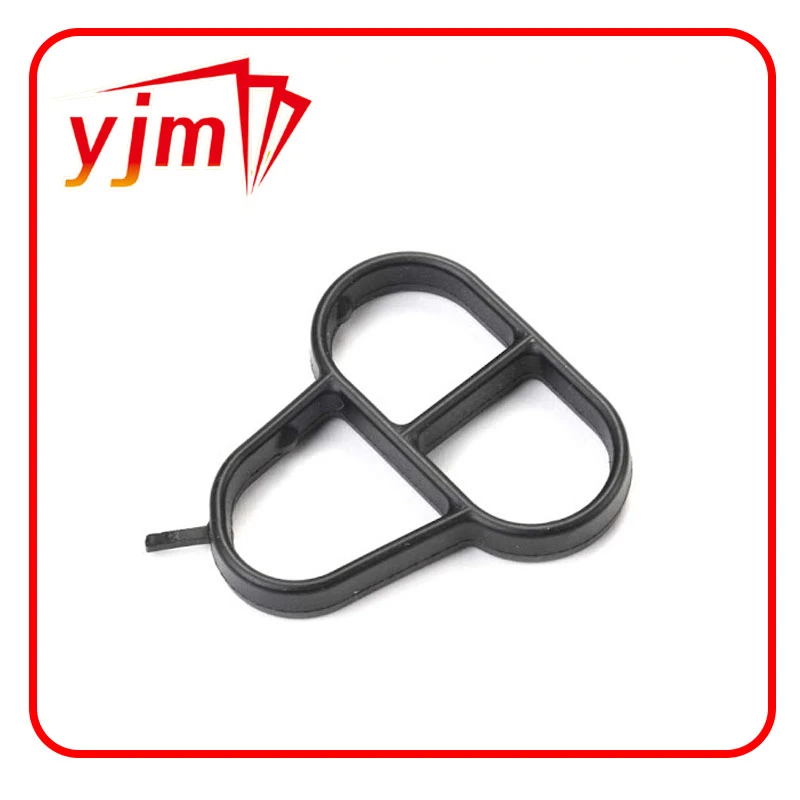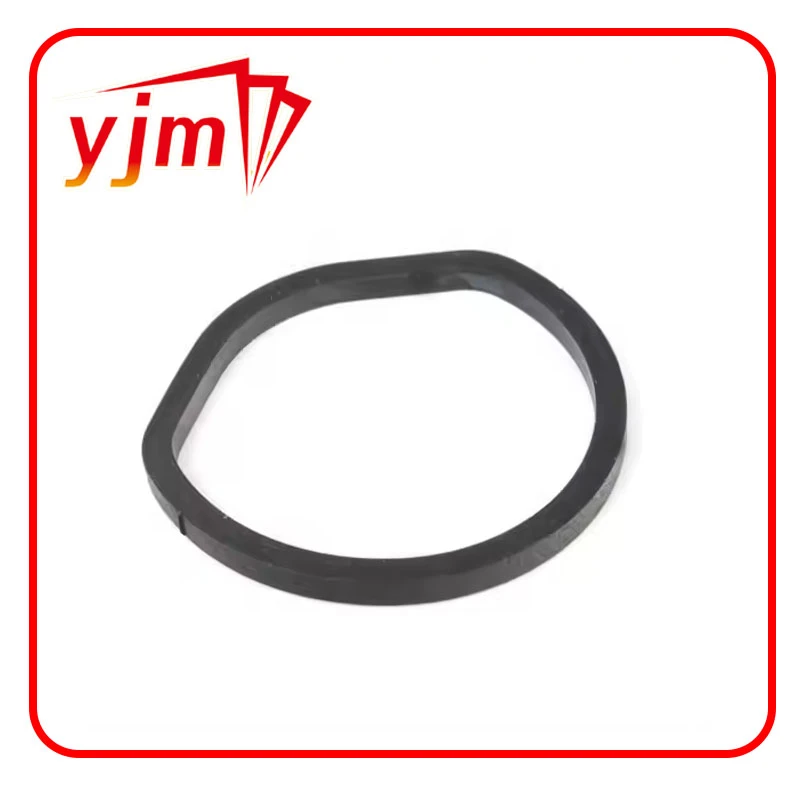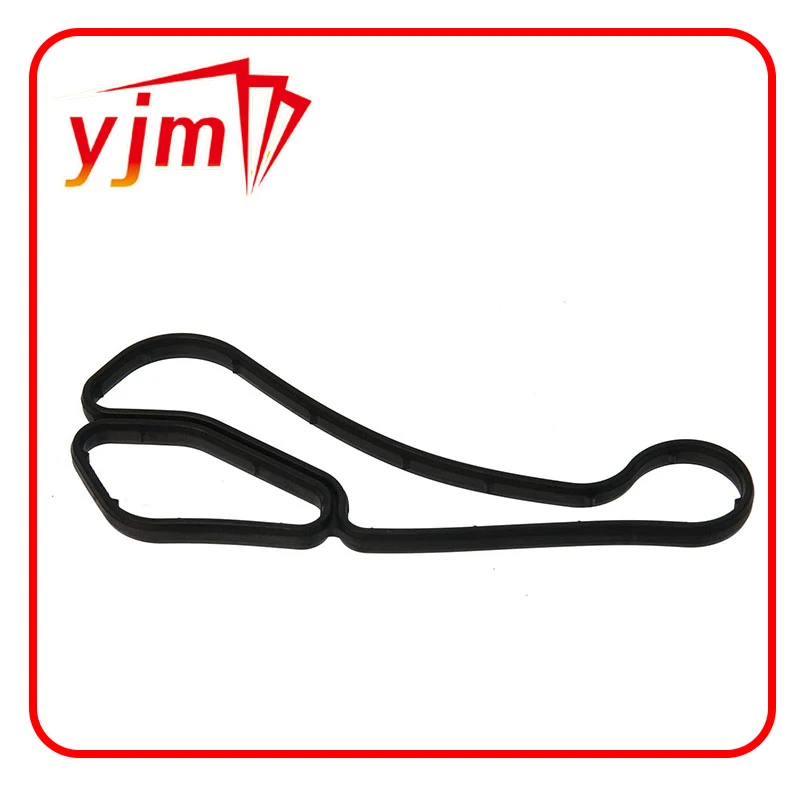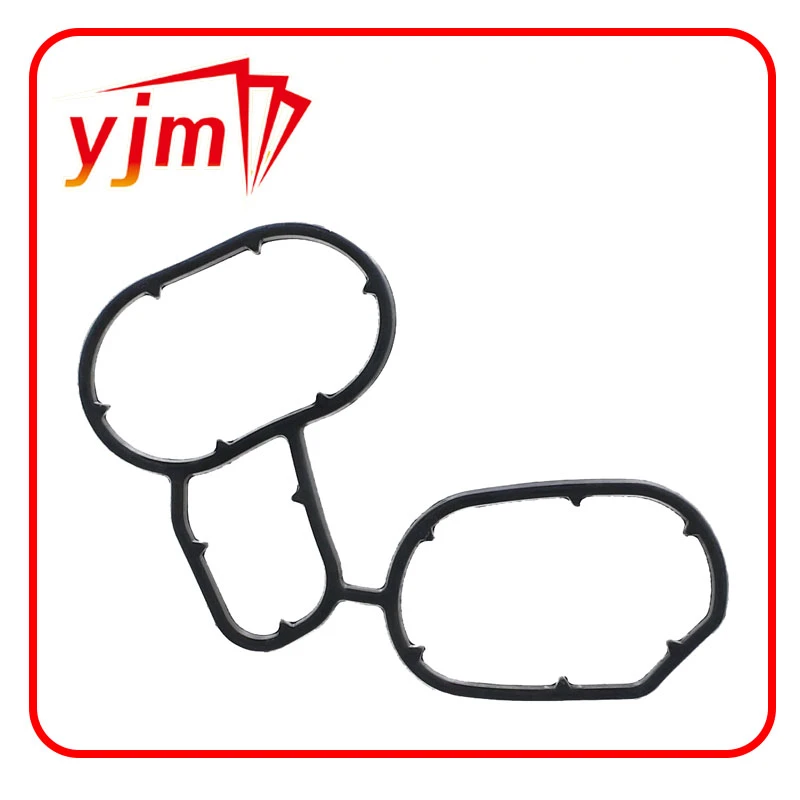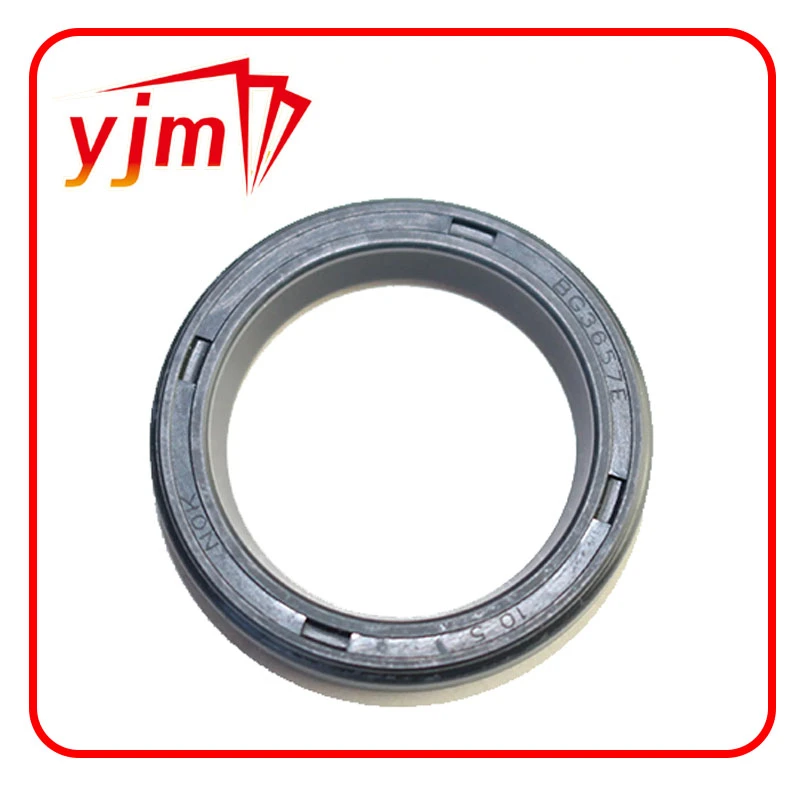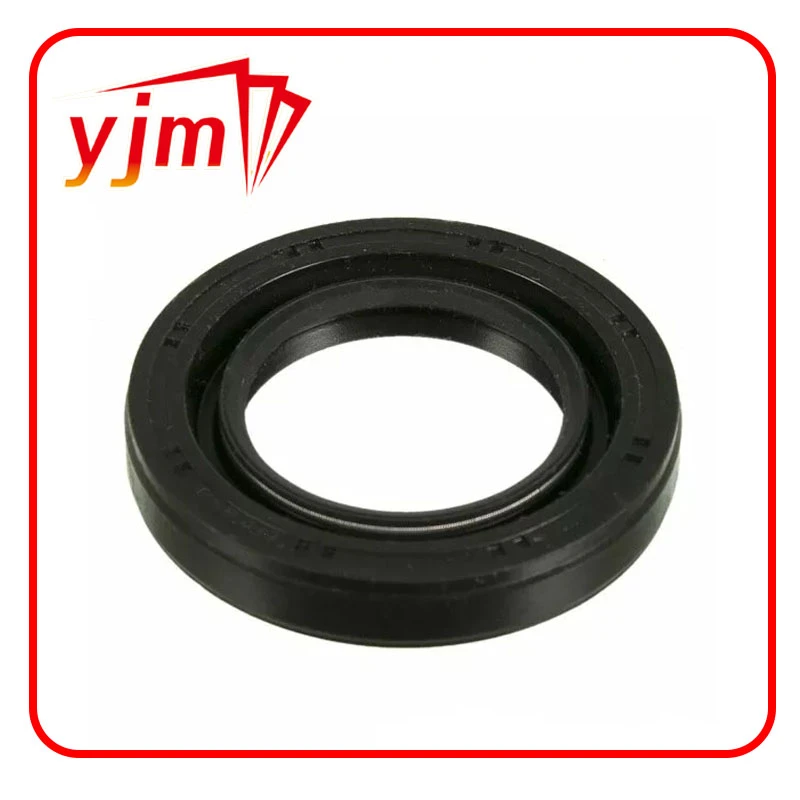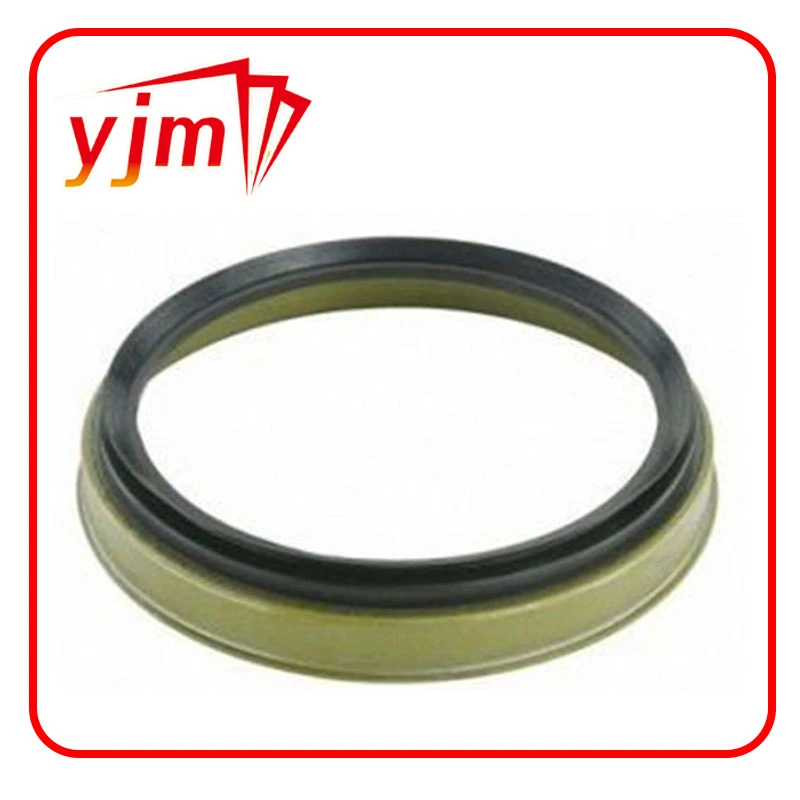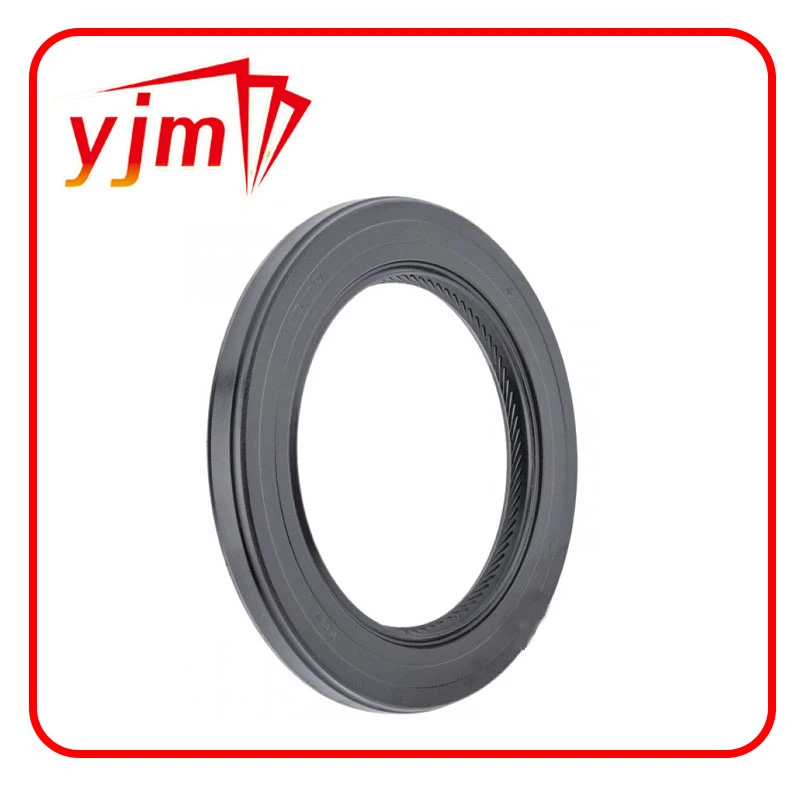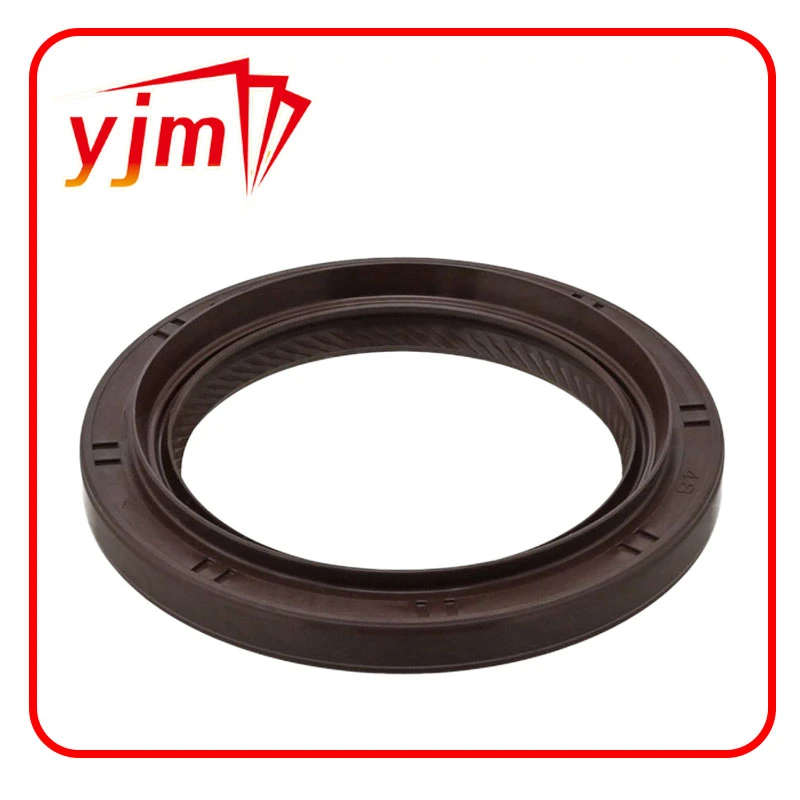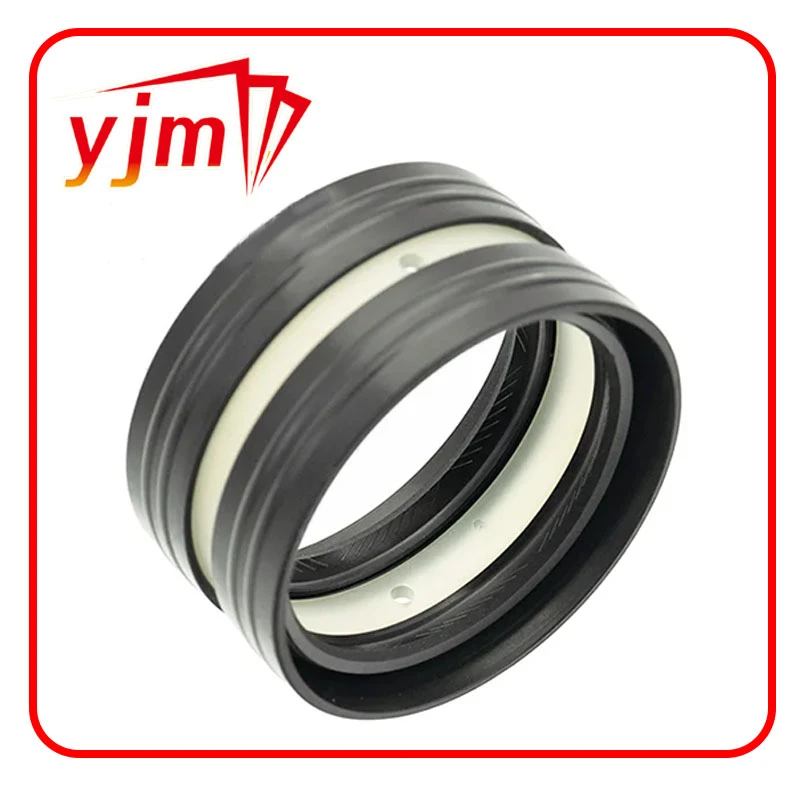Fixing Oil Housing Gasket Leaks: A Guide to Replacing Your Oil Filter Housing and Gaskets
When it comes to engine maintenance, oil leaks can be one of the most common—and frustrating—problems vehicle owners face. One particularly frequent culprit is the oil housing gasket leak, which can appear gradually but cause significant damage over time. If you're noticing oil residue near the oil filter area or under your car, the issue may stem from a worn-out oil housing seal or even a failing oil pan housing gasket. In this guide, we’ll break down how to identify the problem and walk through the process of replacing the oil filter housing and its gaskets.
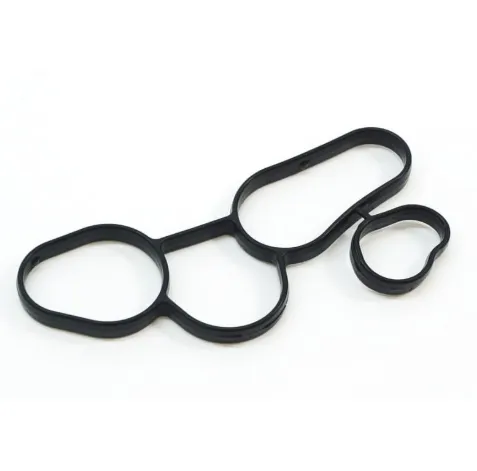
Understanding the Oil Filter Housing and Its Gaskets
Before tackling the repair, it's essential to understand how the oil filter housing and its gaskets function. The oil filter housing is the component that connects the oil filter to the engine block. It routes pressurized oil from the engine through the filter and back into the engine. This entire system must be sealed tightly, which is where gaskets and seals come into play.
Here’s a closer look at the key components:
Oil housing gasket leak: This refers to any oil escaping from the gasket that seals the oil filter housing to the engine. It's often caused by gasket wear, improper installation, or high heat exposure.
Oil housing seal: A rubber or silicone-based ring or gasket that ensures a leak-proof connection around the oil housing. If it hardens or cracks, leaks are likely.
Oil pan housing gasket: Although part of the oil pan system, this gasket can sometimes leak in conjunction with the oil filter housing, making it seem like the oil housing is the source.
Replacing oil filter housing: This may be required if the housing itself is cracked or warped due to age or overtightening.
Replacing oil filter housing gasket: This is often the fix when leaks are isolated to the sealing surface between the engine and oil filter housing.
How to Spot a Leaking Oil Housing Gasket
Catching a oil housing gasket leak early can save you from much bigger issues, such as low oil pressure or engine damage. Below are the most common symptoms to look out for:
Oil stains or residue near the oil filter: If you see oil collecting on the side of the engine block, especially around the oil filter housing, this is a red flag.
Burning oil smell: A leaking oil housing seal can allow oil to drip onto hot components like the exhaust manifold, resulting in a noticeable burning odor.
Oil on the ground after parking: If the oil pan housing gasket is leaking as well, you may notice puddles of oil under your vehicle.
Low oil warning light or oil pressure drops: A more severe oil housing gasket leak can cause significant oil loss, triggering dashboard warnings.
A proper inspection can help determine whether you're dealing with a simple gasket failure or if you need to consider replacing the oil filter housing itself due to damage or warping.
Step-by-Step Guide to Replacing Oil Filter Housing and Gaskets
Replacing the oil filter housing gasket, and in some cases the housing itself, is a moderately involved task but completely doable with the right tools and knowledge.
Tools and Materials Needed:
New oil filter housing gasket
New oil housing seal or O-ring (if separate)
Torque wrench and socket set
Screwdrivers or trim tools (for removing surrounding components)
Brake cleaner or degreaser
Plastic scraper for old gasket removal
New oil and oil filter
Drain pan and shop towels
(Optional) Oil pan housing gasket if replacing or repairing that area
Step 1: Drain the Engine Oil
Allow your engine to cool, then drain the engine oil completely into a pan. Remove the oil filter as well.
Step 2: Remove the Oil Filter Housing
Carefully unbolt the components around the oil filter housing. Depending on the vehicle, you may need to remove the intake manifold or hoses to access the housing bolts.
Once you’ve exposed the oil filter housing, unbolt it from the engine block. Be cautious—oil may still be trapped inside the unit.
Step 3: Clean the Mating Surfaces
With the housing removed, thoroughly clean the surface of the engine block. Use a plastic scraper to remove the old oil housing gasket and residue. Brake cleaner can help remove any remaining oil and debris.
If you're also dealing with an oil pan housing gasket issue, now is a good time to inspect and clean that area as well.
Step 4: Replace Gaskets and Reassemble
Install the new oil filter housing gasket, ensuring it’s aligned perfectly in the groove. If applicable, install a new oil housing seal or O-ring in its designated location.
If the old housing is cracked, warped, or damaged, go ahead with replacing the oil filter housing with a new or OEM-quality part.
Bolt the housing back onto the engine block and tighten according to the manufacturer’s torque specifications.
Step 5: Refill Oil and Test for Leaks
Install a new oil filter, then refill your engine with fresh oil. Start the engine and let it idle for a few minutes. Check for leaks around the oil housing gasket and underneath the vehicle. Take a short drive and inspect again.
Final Thoughts: Keep Your Engine Leak-Free
Fixing an oil housing gasket leak is more than just a minor repair—it’s a crucial maintenance step that can extend your engine’s life and preserve oil pressure. Whether you're dealing with a damaged oil housing seal, a faulty oil pan housing gasket, or you're in the process of replacing the oil filter housing, ensuring a tight, clean seal is essential.
Using high-quality gaskets and following proper torque specifications will help you avoid future leaks. And remember: regular oil checks and under-hood inspections are the best way to catch issues before they escalate.
In conclusion, don’t ignore a leak—especially when it's coming from the oil filter housing area. By promptly replacing the oil filter housing gasket, inspecting the oil housing seal, and servicing the oil pan housing gasket when needed, you can keep your engine running smoothly and efficiently for years to come.
-
Mastering Diesel and Performance Engine Maintenance: A Guide to Critical Oil Gaskets
Tin tức Jul.28,2025
-
How to Identify and Fix Oil Filter Mount and Housing Gasket Leaks
Tin tức Jul.28,2025
-
Everything You Need to Know About Changing Your Oil Filter Housing Gasket and Related Gaskets
Tin tức Jul.28,2025
-
Essential Kits and Tools for Engine Repair and Enhancement
Tin tức Jul.28,2025
-
Diagnosing and Fixing a Leaking Oil Filter Housing Gasket: What You Need to Know
Tin tức Jul.28,2025
-
Understanding Flat Gaskets: Types, Materials, and Industrial Applications
Tin tức Jul.25,2025
-
Understanding Bonded Seals: Types, Applications, and Industrial Advantages
Tin tức Jul.25,2025
Danh mục sản phẩm

